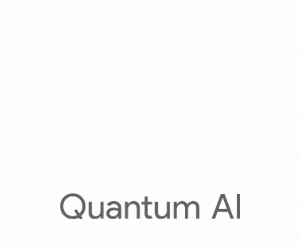To help researchers and developers around the world develop quantum algorithms right now, we are making qsim, our open source quantum circuit simulator, more performant and intuitive, and more “hardware-like”. Our recently published white paper provides a description of the theory and software optimizations that underpin qsim.
Launched in 2020, qsim allows quantum algorithm researchers to simulate quantum circuits developed with our algorithm libraries such as TensorFlow Quantum and OpenFermion, and our quantum programming framework Cirq.
With the upgraded version of qsim, users can back their simulations with high performance processors such as GPUs and ultramem CPU’s via Google Cloud, and distribute simulations over multiple compute nodes.
The enriched noisy simulation featureset provides researchers with a “hardware-like” simulation experience for developing applications for the Noisy Intermediate-Scale Quantum Computers (also referred to as NISQ hardware) that exists today. Trajectory simulation speeds up noisy simulations with an efficient stochastic procedure which replaces noiseless gates with quantum channels. A new software routine1 for approximating Google Quantum AI NISQ processor specific hardware noise in simulations, can be used by any developer to test and iterate on algorithm prototypes containing up to 32 qubits. Simulation with processor-specific approximate NISQ noise is expected to advance NISQ applications research, because it allows researchers to account for the dominant hardware error mechanisms in real NISQ devices when prototyping algorithms—using error measurements performed on Google quantum processors.
Notes
Public code release for this feature is coming up ↩

